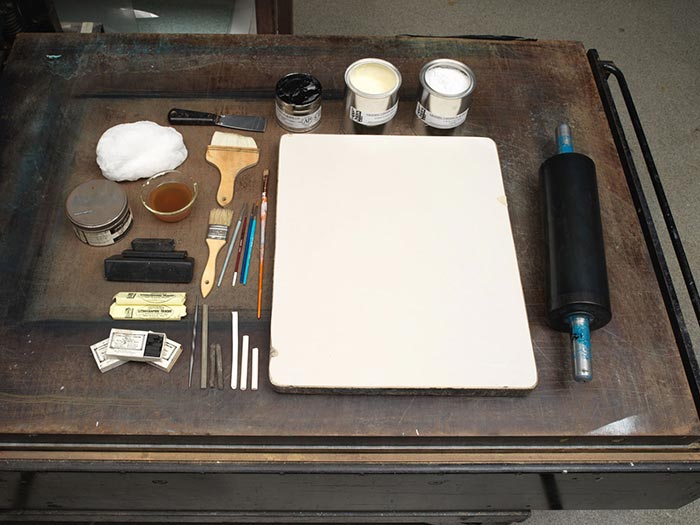"One for his Nob"
Publisher Currier & Ives American
Not on view
Some late nineteenth-century prints by Currier & Ives depict racist stereotypes that are offensive and disturbing.The Metropolitan Museum of Art preserves such works to shed light on their historical context and to enable the study and evaluation of racism.
In this print, a well-dressed, reddish-haired, white gentleman --sporting a mustache, and wearing a monocle over his right eye, while his left eye bulges-- is open-mouthed with shock as he holds in his arms a Black (African American) baby wearing a long, white baptismal gown. The infant also looks surprised. In the foreground-- at the bottom of the image, a disembodied male right hand holds up five playing cards, with the top card showing a jack of clubs. The title is imprinted in the bottom margin.
The word "nob" of the title has several meanings. If a card player has a jack in his hand at the right time in a card game (as does the hand in the print), the player can score more than one point. Other meanings for "nob" include a gentleman, since :nob" is an abbreviated word for "nobility" Yet, in slang, the word also refers in a derogatory way to the male sex. Thus, the title, combined with the multiple meanings of "nob" and with the man's aghast expression, suggest that the man has just learned that he is the father of the child.
This print is one of a set of four (each initialed "F.C" within the image) featuring playing cards. The other three prints are: "Euchered" (Peters 296, Gale 1908; Metropolitan Museum of Art accession no. 52.632.145); "A Full Hand" (Peters 321, Gale 2387; Metropolitan Museum of Art accession no. 52.632.144), and "The Odd Trick" (Peters 428, Gale 4922; Metropolitan Museum of Art accession no. 52.632.150)
Nathaniel Currier (1813–1888), whose successful New York-based lithography firm began in 1835, produced thousands of prints in various sizes that together create a vivid panorama of mid-to-late nineteenth century American life and its history. People eagerly acquired such lithographs featuring picturesque scenery, rural and city views, ships, railroads, portraits, hunting and fishing scenes, domestic life and numerous other subjects, as an inexpensive way to decorate their homes or business establishments. As the firm expanded, Nathaniel included his younger brother Charles in the business. In 1857, James Merritt Ives (1824–1895), the firm's accountant since 1852 and Charles's brother-in-law, was made a business partner. Subsequently renamed Currier & Ives, the firm continued via their successors until 1907.

